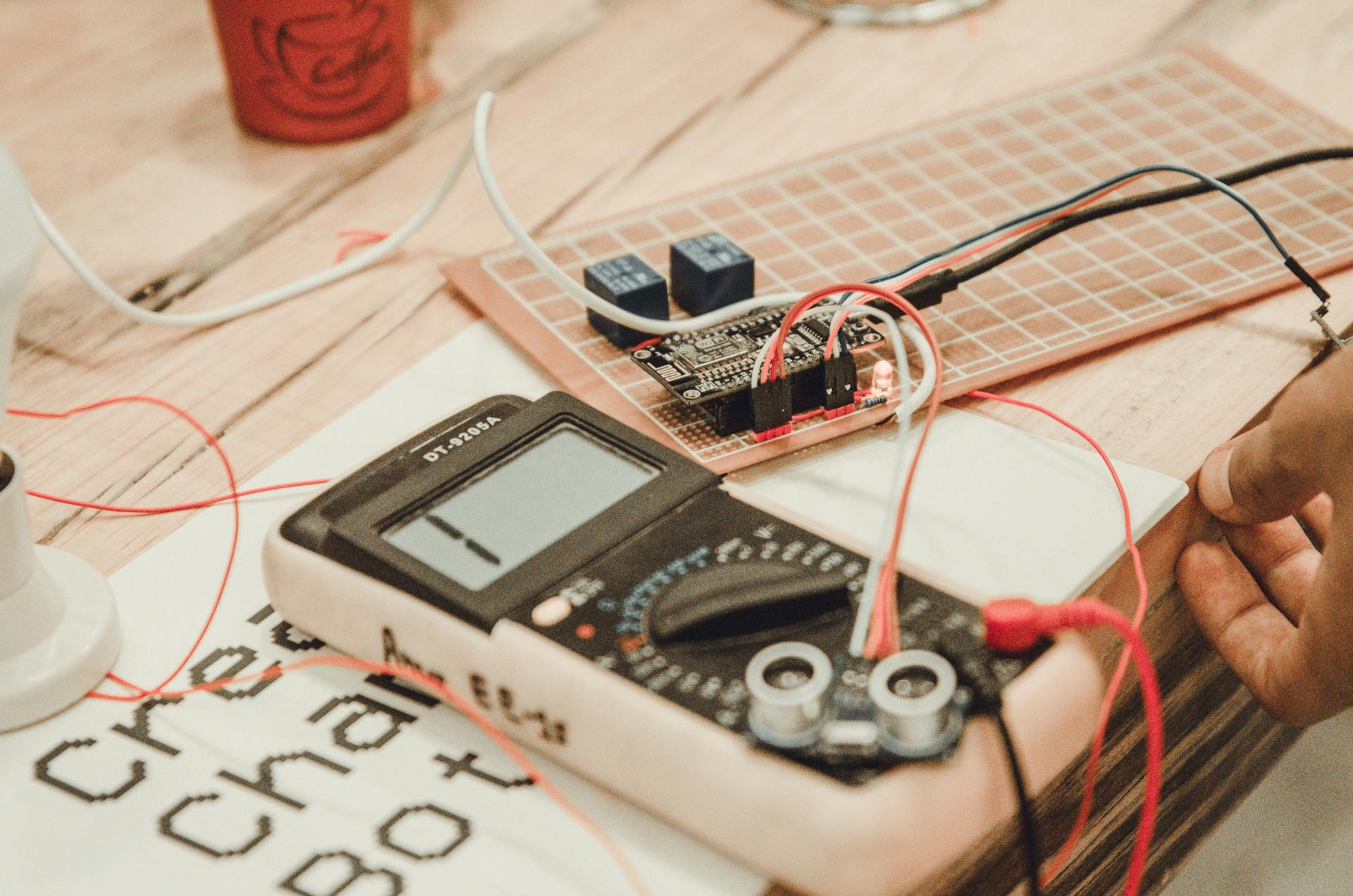Ensure Your Home Protected: Guide to Performing an Electric Security Test

When it comes to home security, one of the most important areas to think about is electrical safety. Testing for electrical safety is the process of checking the electrical system in your home to be sure that it is safe and in compliance with the latest standards. In this article we’ll give you an overview of what the electrical safety tests are, the tools you’ll need in order to carry them out, the best method to carry out the tests and what warning signs to be aware of.
What’s what is an Electrical Safety Test?
A safety test for electrical appliances is the process of inspecting the electrical system inside your home to ensure that it’s safe and functioning in a proper manner. Safety tests for electrical appliances are crucial as they help to prevent electrical accidents and fires, and ensure the longevity of your electrical system.
Tools Needed to conduct an electrical Safety Test
To conduct an electrical safety check, you’ll require a few basic equipment. These include a voltage tester as well as a continuity tester, a circuit tester, as well as the outlet tester. A voltage tester can test for live circuits while the continuity tester looks for broken circuits. The circuit tester is used to detect wiring problems as well as outlets testers are utilized to identify wiring issues at the outlets. It is crucial to use the tools correctly in order to obtain exact results.
How to Conduct an Electrical Safety Test
To perform an electric safety check in your home Follow these steps:
Turn off the power for the circuit that you’re testing.
Use your voltage tester to test for live circuits.
Use the continuity tester to test the integrity of your circuit.
Utilize the circuit tester for checking for electrical faults.
Make use of the outlet tester to find any wiring issues in the outlets.
During the testing process, be sure to look for indications of wear or damage on the wiring for example, frayed or broken wires, burn marks, as well as loose or damaged connections. If you find any issues, it’s important to address the issues as soon as you can to prevent potential hazards.
The Signs of Electrical Issues to Watch Out For
There are several warning signs that could indicate electrical problems in your house. These include flickering lights frequently tripping the circuit breaker and crackling or buzzing sounds emanating from outlets. They also include outlet that are hot or discolored and a smell of burning. If you observe any of these warning signs, it’s important to take action immediately to avoid possible electrical hazards.
Conclusion
Tests for electrical safety are vital for ensuring your safety and family. Through regular testing and fixing any issues quickly, you can avoid potential dangers to your electrical system and prolong the lifespan of your electrical system. If you need assistance with electrical testing and repairs, don’t hesitate to contact Local Electrician Caringbah. Our team of experts can provide you with expert guidance and assistance. Contact us via 1300 610 481 to schedule an appointment or to request a quote.
FAQ Section
When should I do an electrical safety test in my home?
We recommend conducting tests of electrical safety at least once per year.
Can I conduct the electrical test on my own or do I require a professional?
Although it’s possible to conduct tests for electrical safety on your own however, it’s advised to employ an expert to ensure the accuracy of results and prevent potential hazards.
Are there any common electrical problems that can be found in an electrical safety check?
The most frequently-repeated electrical issues that are discovered during a safety test comprise defective wiring, circuits that are overloaded, and outdated electrical systems.
What do I do if find an issue during the electrical safety test?
If you find an issue when you conduct the electrical safety check, it’s important to act immediately. This could include calling a professional electrician to fix the problem, or replacing faulty equipment.
